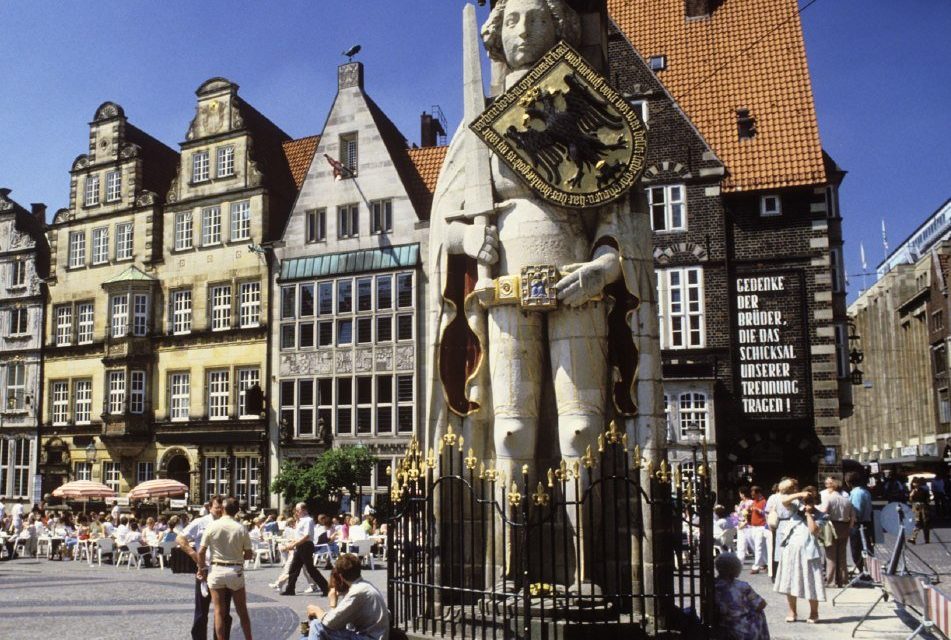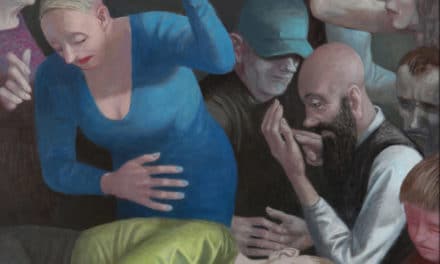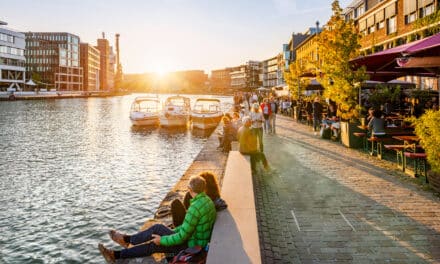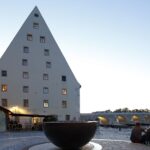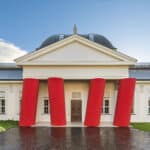In 1404, the stone Roland was erected in front of Bremen's town hall. From the very beginning, he was a symbolic figure for the "freedoms" and rights of the city.
The 10-metre-high Roland statue in front of the historic town hall on the market square is one of Bremen's best-known landmarks. Bremen's Roland has stood as a guardian of the city's freedom and rights since 1404. It is not only popular with the people of Bremen and tourists, UNESCO experts have declared it to be the most representative and beautiful Roland monument in Germany. The Roland statue and the town hall have been on the UNESCO World Heritage List since July 2004.
Profile
- Erected in 1404 (its wooden predecessor was burned by the archbishop's servants in 1366)
- Size: 5.5 meters (10.21 meters from the base to the canopy)
- A chivalrous gentleman of his time
- Semi-long wavy hair
- Clothing and equipment: leather jerkin, chain mail, belt, sword and shield
- He owes his imperial coat of arms to forged imperial charters of the citizens
- The inscription on the coat of arms reads:
"Vryheit do ik yu openbar
de karl and mennich vorst vorwar
who has forged this stone,
that thanks gode is my wheel."
- Translation and explanation: "Freedom I proclaim to you, which Charles and many other princes, forsooth, have given to this city. Thank God for this, this is my advice" The reference is to Charlemagne, who, together with other princes, granted Bremen numerous rights and various privileges.
- The distance between his pointed knees is one Bremen cubit (former unit of measurement)
- He looks towards the cathedral, the archbishop's seat at the time
- At his feet lies a "cripple" from the legend of Emma von Lesum
The legend of Emma von Lesum - a short version
The widowed Countess Emma von Lesum was considered pious and charitable. Her kindness of heart was well known among the townspeople, a quality that caused her brother-in-law Duke Benno of Saxony to worry about his inheritance.
On one occasion, the countess granted two citizens more pastureland for their cattle, "as much as a man could manage in an hour". Her cunning brother-in-law chose a beggar for this measuring march, who was unable to move without help. Countess Emma, however, calmly placed her hand on his head, prayed and asked him to try. He did not succeed in walking, but he crawled. The citizens retreated disappointed and had little hope that the beggar would be able to "crawl off" a particularly large pasture. However, the "cripple" crawled on steadily and in the evening they were surprised at the large area. Today we still know this area as the Bürgerweide. The people of Bremen did not forget the "cripple" and honored him at the foot of Roland.

